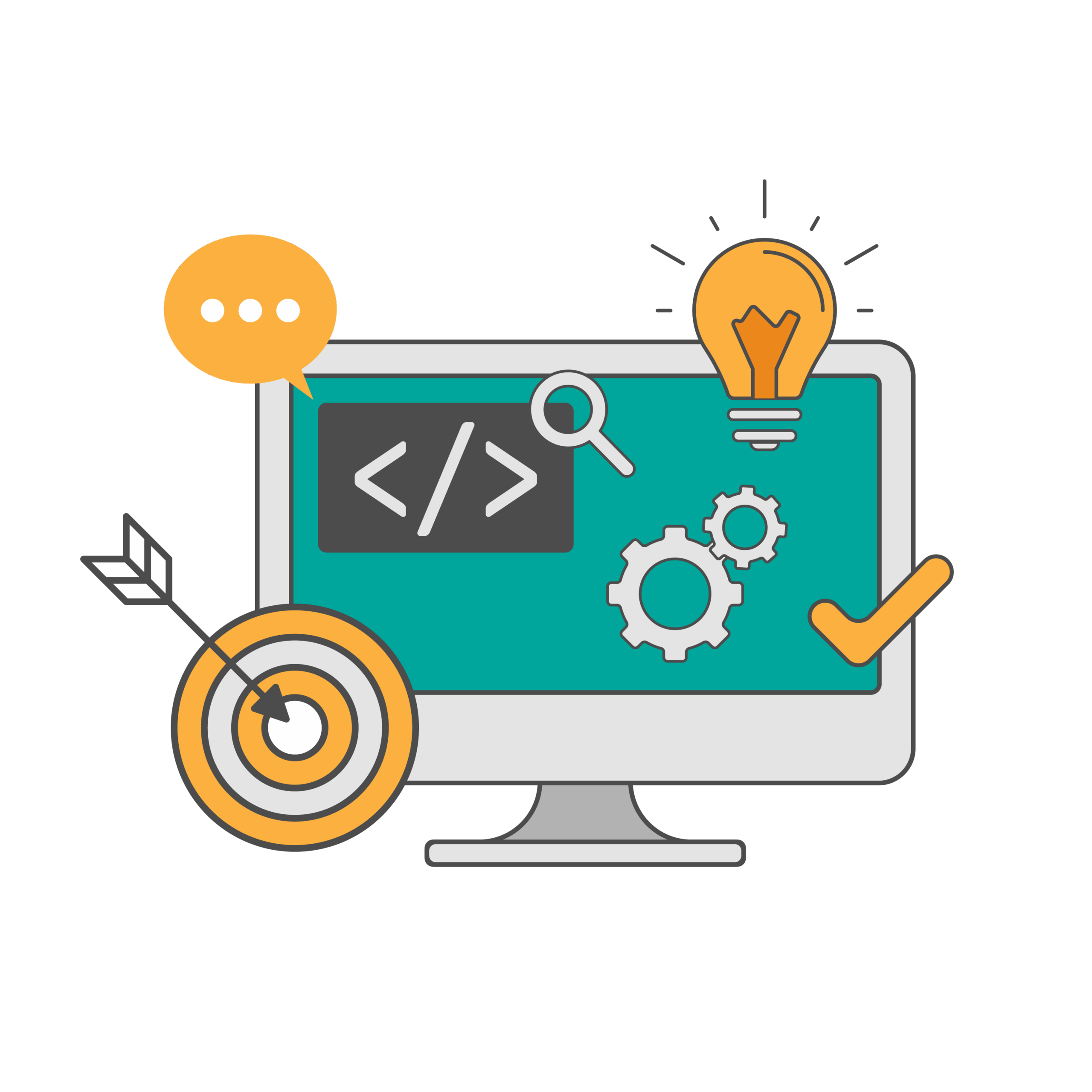
Designing educational software for children with special educational needs (SEN) requires a sensitive, research-based approach that addresses the diversity of abilities, learning profiles, and challenges these learners face. At Kidmedia, our philosophy and practice are grounded in inclusive design, accessibility, and the promotion of autonomy and self-confidence for all children.
Key Principles for SEN Educational Software
- Personalisation and Adaptivity: Software should be adaptable to each child's individual needs, allowing for repetition, differentiated pacing, and customisable difficulty levels. This ensures all learners can access and benefit from the content, regardless of their specific challenges[3][4].
- Accessible and Multisensory Design: Interfaces must be intuitive, visually clear, and support alternative input methods (e.g., switches, touchscreens, special keyboards). Incorporating images, sound, and animation can help maintain attention and facilitate understanding, especially for children with cognitive or communication difficulties[3][4][6].
- Motivation and Positive Reinforcement: The software should foster a sense of achievement through immediate feedback, rewards, and opportunities for creative expression. This enhances self-esteem and encourages continued engagement[3].
- Universal Design for Learning (UDL): Educational tools should be flexible and usable by all learners, not just a specific group, supporting the principles of inclusion and differentiated instruction[2][10].
These principles are supported by both Greek and international research and are reflected in the best practices of accessible educational software development[3][4][5].
Development Best Practices
- User-Centred Design: The development process should begin with a thorough understanding of the target group's characteristics, needs, and learning environment. Involving teachers, therapists, and families in the design process ensures the software is relevant and effective[4][5].
- Clear Educational Objectives: Activities and content must be aligned with specific learning goals, such as reading, writing, or numeracy, and support the acquisition of daily life skills[4][5].
- Continuous Evaluation and Improvement: Pilot testing in real classrooms, collecting feedback from users, and ongoing updates are essential to ensure the software remains effective and accessible[2][5].
Kidmedia's Approach
At Kidmedia, we design and develop our applications with these principles at the forefront. Our team, comprising special education teachers and developers, creates software that is ad-free, accessible, and customisable. All our applications are tested in real educational settings before being released, ensuring they meet the needs of children with learning difficulties and SEN. You can read more about our philosophy and team on our About Us page.
Further Reading and Public Research
-
- Educational Software for Children with Learning Disabilities (in Greek, PDF) [3]
- Accessible Educational Material & Software – Ministry of Education (in Greek) [2]
- Designing Educational Software for Teaching Reading and Writing to Students with Mild Intellectual Disabilities (in Greek, PDF) [4]
- Design and Development of Educational Software for Diagnosing and Addressing Learning Difficulties (in Greek, PDF) [5]
- Educational Software & Applications for Special Education (in Greek) [7]
- Free Educational Material and Software for Teachers (in Greek) [10]
Please help us spread the word about this project by using one of the links below to share this post on social networks!







0 Comments